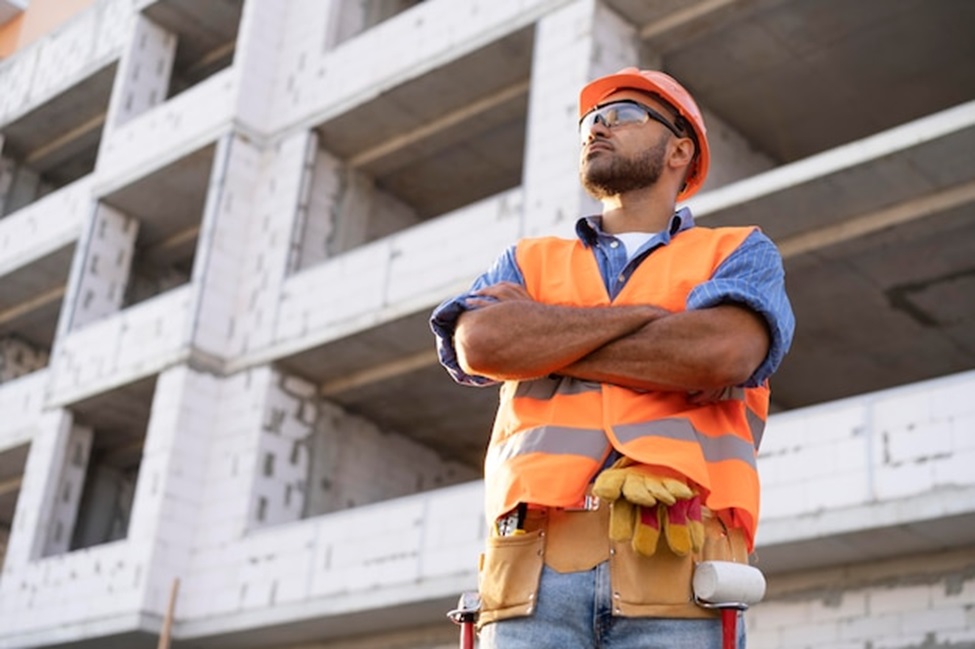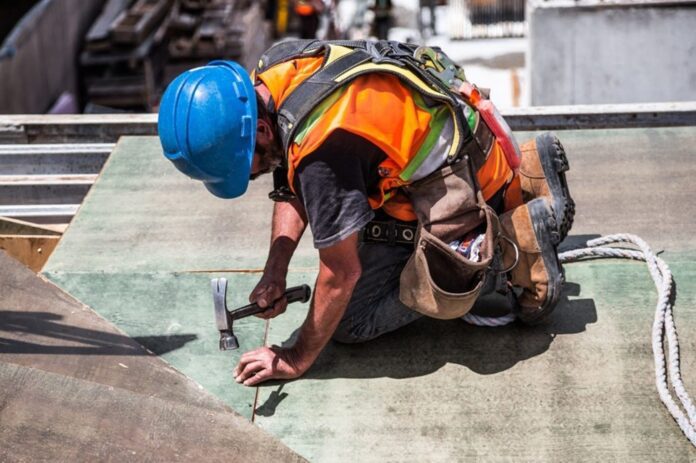Working on a construction site can be incredibly rewarding, but it’s essential to stay alert of potential hazards. Electrical hazards are a significant concern. Understanding these risks and taking proper safety measures are crucial for anyone working on a construction site.
This guide will examine the leading causes of electrical hazards at construction sites and discuss the importance of safety measures to prevent electrocution. Remember to seek legal counsel from experienced electrocution injury attorneys in case of an unfortunate incident. They can help you secure fair compensation for your losses.
Let’s get started!
Leading Causes of Electrical Hazards
Construction sites are full of activity, and with that activity comes the potential for electrical hazards. Here are some of the most common culprits:
Overhead Power Lines
These high-voltage lines pose a serious threat. Accidental contact, even from a distance, can cause serious injury or death. This risk increases when working with equipment like crane booms, scaffolding, or when lifting materials that could come close to power lines.
Faulty Wiring and Equipment
Damaged cords, exposed wires, and malfunctioning tools can all create a shock hazard. Regular inspections and proper maintenance are essential to catch problems before they occur. A simple fray in a cord or a crack in the casing of a tool could put someone in danger.
Inadequate Grounding
Grounding is a safety feature that helps prevent electrical shocks. When equipment is properly grounded, any excess electricity is safely diverted away from the user. However, using ungrounded equipment or bypassing grounding systems can create a serious risk of electrocution.
Heightened Risks Due to Environmental Factors
Unfortunately, even when electrical systems function properly, environmental factors can increase the risk of electrocution on a construction site. Here’s why:
Water and Moisture Exposure
Water conducts electricity, so working in wet conditions—from rain and snow to puddles or even damp equipment—significantly increases your chance of getting a shock. This risk extends to even seemingly small amounts of moisture. A damp tool or even sweaty hands can create a pathway for electricity.
Metallic Components and Conductive Materials
Construction sites contain metal components and other conductive materials that can easily contact electrical systems. This can create a dangerous situation, as electricity will always take the path of least resistance. To avoid this risk, it’s important to properly insulate electrical wiring and equipment and to maintain a safe distance from conductive materials.

Importance of Safety Measures to Prevent Electrocution
The good news is that most electrocutions on construction sites are preventable. Here are some essential safety measures that can make a big difference:
- Proper Training and Awareness Programs: Equipping workers with knowledge is critical. Training programs should educate workers on electrical hazards, safe work practices, and how to recognize and report unsafe conditions.
- Personal Protective Equipment (PPE): The right gear goes a long way. For electrical work, this includes insulated gloves, boots, and other equipment specifically designed to protect against electrical shock. Proper use and maintenance of PPE are also crucial to ensure its effectiveness.
- Ground Fault Circuit Interrupters (GFCIs): These life-saving devices are designed to cut off power quickly in the event of a ground fault, which can significantly reduce the severity of a shock. Using GFCIs on construction sites, especially with portable power tools, is essential.
Additional Considerations for Safety
In addition to the measures mentioned above, here are some other important safety practices to remember:
- Following Permitting and Lockout/Tagout Procedures: Ensure electrical systems are properly deactivated before work begins. This includes obtaining the necessary permits and following lockout/tagout procedures to prevent accidental energizing of equipment.
- Maintaining Safe Work Distances from Power Lines: Always keep a safe distance from overhead power lines. The specific distance will vary depending on the voltage, but it’s crucial to err on the side of caution and never assume a line is inactive.
- Regular Inspections and Maintenance of Electrical Systems: Proactive measures are essential. Regular inspections and maintenance of electrical systems can help identify and address potential hazards before they cause an accident.
Seeking Legal Counsel After an Electrocution Injury
Despite taking all the necessary precautions, accidents can still happen. If you or someone you know has been injured in an electrical accident on a construction site, it’s important to understand your legal rights.
Construction companies have a responsibility to provide a safe working environment. When electrical hazards are not properly addressed, and an accident occurs, legal recourse may be available. Contacting an experienced construction site accident lawyer can help you understand your options and ensure you receive fair compensation for your injuries.
Image Source : freepik, imagesource.io

